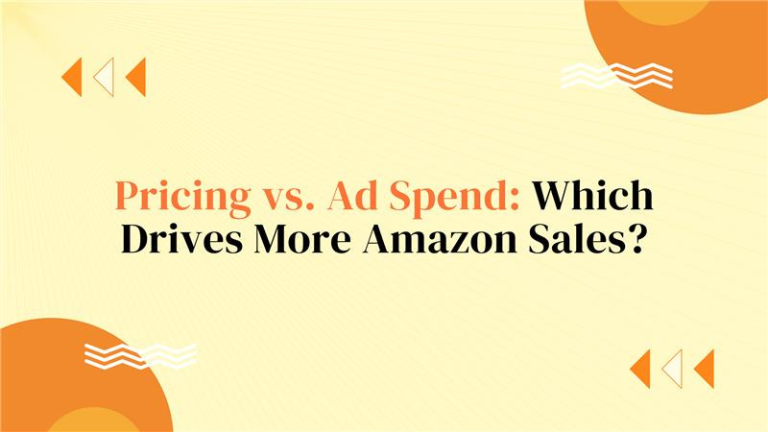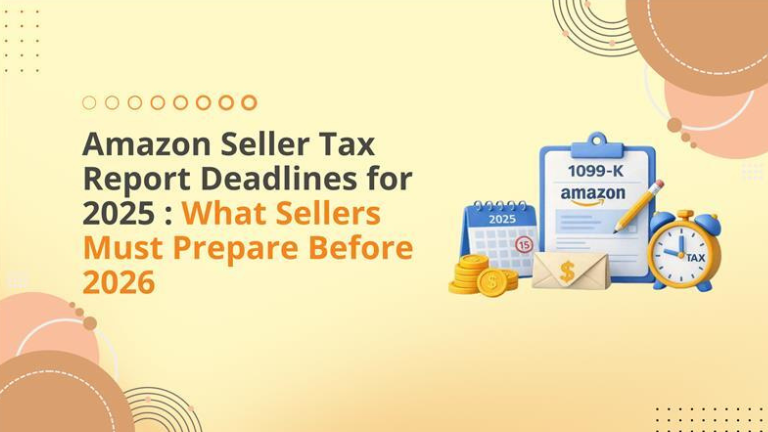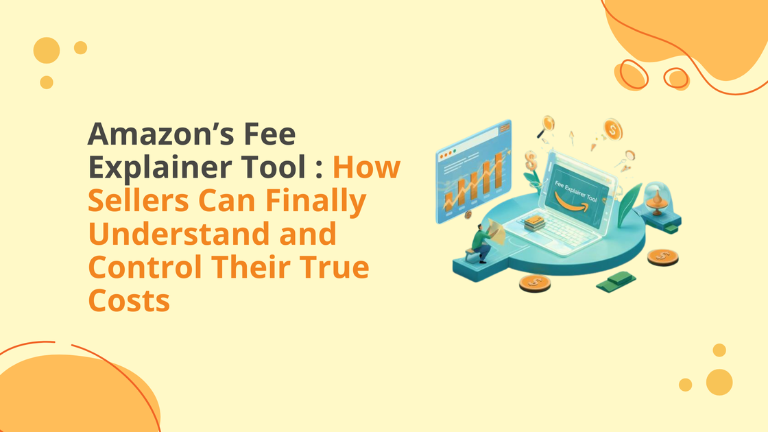Contents
The Seller’s Dilemma (TOFU – Awareness)
When Amazon sellers want to boost sales, two levers are often top of mind: adjusting product pricing or increasing ad spend. Both can deliver results — but which is the stronger lever?
To answer this, our team at BigInternetEcommerce.com analyzed two years of daily sales data across five Amazon products priced between $20 and $60, with daily ad spends ranging from $0 to $40. The results reveal powerful insights into how pricing and ad spend really impact sales performance.
Why Both Levers Matter
Amazon’s marketplace is algorithm-driven, with sales velocity directly affecting rankings. Both pricing and ad spend feed into this algorithm differently:
- Pricing: Influences conversion rates. Lower prices can attract more clicks and boost purchase decisions, especially in competitive categories.
- Ad Spend: Increases visibility, ensuring your product appears in high-traffic placements like Top of Search, Sponsored Display, and Product Detail Pages.
Pricing impacts the buying decision, while ad spend impacts the shopping journey.
Our Analysis (MOFU – Consideration)
Aggregated Pricing Trends
We standardized pricing across all products by creating a “differential pricing” metric.
- Prices below the average generally increased sales.
- Prices above the average reduced sales, though not as predictably as expected.
- Extreme discounts sometimes boosted sales — but only when paired with higher ad spend.
Takeaway: Pricing changes alone did not produce a consistent, linear sales trend.
Aggregated Ad Spend Trends
Ad spend showed a much stronger, more consistent pattern:
- As daily ad spend increased, unit sales also increased.
- Even at higher price points, sales rose with higher ad spend.
- The strongest sales spikes occurred at the intersection of higher ad spend and mid-to-high pricing.
Takeaway: Ads drive sales velocity and visibility, often offsetting the impact of higher prices.
What This Means for Amazon Sellers
- Ad Spend is the Stronger Lever
While pricing influences conversions, ad spend has a stronger and more direct correlation with sales. More visibility = more sales velocity. - Pricing’s Role is Category-Specific
In our study (gift products), buyers showed less price sensitivity. In commodity categories (e.g., supplements, household items), price elasticity may be stronger. - Balanced Strategy Wins
The most successful sellers don’t choose between pricing or ads — they align both. A moderate discount combined with higher ad spend often delivers the best results. - Data-Driven Decisions are Key
Every product has unique elasticity. Sellers should analyze their own sales, pricing, and ad spend data instead of relying on generic assumptions.
Practical Framework for Sellers (BOFU – Decision)
Here’s how you can apply these insights to your own catalog:
- Step 1: Gather Data
Export daily sales, ad spend, and pricing data from tools like Sellerboard or Helium10. - Step 2: Normalize & Compare
Create differential pricing groups (price vs. average) and match with ad spend levels. - Step 3: Analyze Trends
Look for patterns: Do your products respond more to price drops or to higher visibility via ads? - Step 4: Test & Optimize
Test small price adjustments alongside scaled ad spend. Track conversion rates and total sales to identify the sweet spot. - Step 5: Scale Confidently
Once you know what drives your product, reinvest profits strategically. If ad spend works, push for ranking gains. If pricing wins, optimize margins while holding ad efficiency steady.
Why Partner with Big Internet Ecommerce
At BigInternetEcommerce.com, we specialize in helping sellers make data-backed decisions. Using custom Looker Studio dashboards, Amazon Ads optimization, and pricing elasticity analysis, we give sellers the clarity to know exactly where to put their next dollar.
Schedule a call with our team to discover how pricing and ad strategies can work together to maximize your Amazon growth.
Both pricing and ad spend affect Amazon sales — but ads tend to be the stronger lever for driving short-term results. However, the real key is knowing how these variables affect your specific products.
By analyzing your own data and aligning both levers, you can achieve consistent growth, better rankings, and higher profitability.
Follow BIE on Instagram & LinkedIn to stay updated with the trends.






